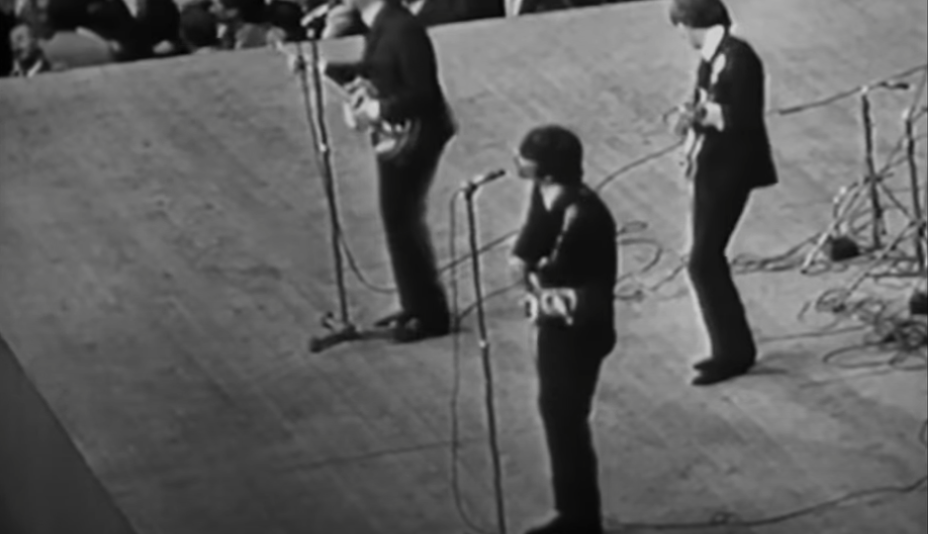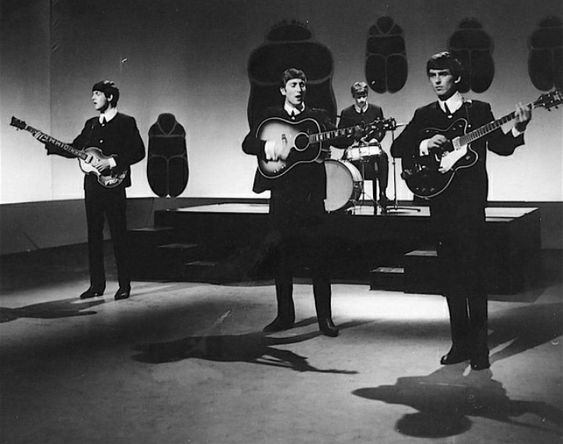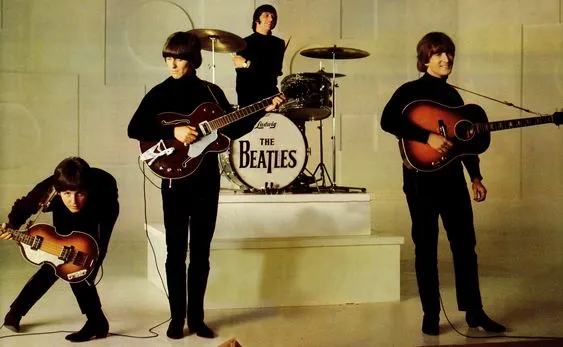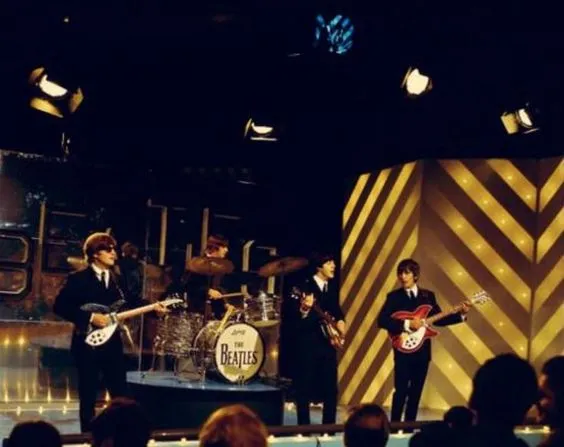About the song
(Watch the video below)
"Happiness Is a Warm Gun" stands as one of the most intriguing and enigmatic compositions by The Beatles. Released in 1968 as part of their seminal album "The White Album," the song delves into complex themes of desire, addiction, and the search for happiness. While its title may initially evoke confusion or even discomfort, a deeper analysis unveils profound insights into the human condition and the pursuit of fulfillment.
At its core, "Happiness Is a Warm Gun" challenges conventional notions of happiness. The juxtaposition of "happiness" with the imagery of a "warm gun" immediately sparks intrigue. This paradoxical coupling suggests that happiness, for some, may be derived from unconventional or even dangerous sources. The song navigates through various scenarios, from addiction ("I need a fix") to obsession ("I need a gun to keep myself from harm") to longing ("When I hold you in my arms").

One interpretation of the song is that it explores the allure of addiction and its fleeting moments of euphoria. The "fix" referred to in the lyrics can be interpreted not only as a drug but also as any behavior or substance pursued compulsively to escape reality momentarily. In this context, the "warm gun" symbolizes the temporary relief or pleasure obtained from such pursuits. The repeated refrain "bang, bang, shoot, shoot" may symbolize the cycle of addiction, wherein momentary highs are inevitably followed by crashing lows.
Moreover, "Happiness Is a Warm Gun" delves into the complexities of human relationships. The lyrics oscillate between expressions of desire and vulnerability, reflecting the tumultuous nature of love and intimacy. Lines like "I feel my finger on your trigger" evoke a sense of intimacy intertwined with danger, suggesting a profound emotional connection fraught with risk. The juxtaposition of violence with intimacy challenges listeners to confront the darker aspects of human relationships, where love and desire can be intertwined with pain and destruction.
Additionally, the song's structure and musical arrangement further contribute to its enigmatic nature. The shifting tempos and fragmented verses mirror the disjointedness of human emotions and experiences. The abrupt transitions between sections create a sense of disorientation, mirroring the chaotic nature of the human psyche. Furthermore, the song's incorporation of diverse musical styles, from blues to rock to doo-wop, underscores the multifaceted nature of happiness and the human experience.

Despite its dark undertones, "Happiness Is a Warm Gun" ultimately offers a nuanced exploration of the human quest for happiness. Rather than providing definitive answers, the song invites listeners to confront the complexities of their own desires and motivations. It challenges us to question societal norms and expectations surrounding happiness, encouraging a more introspective and authentic approach to self-discovery.
Moreover, the song's enduring popularity and influence speak to its timeless resonance. Decades after its release, "Happiness Is a Warm Gun" continues to captivate audiences with its enigmatic lyrics and haunting melodies. Its themes of desire, addiction, and the search for fulfillment remain as relevant today as they were upon its initial release.
In conclusion, "Happiness Is a Warm Gun" by The Beatles stands as a testament to the band's artistic innovation and lyrical depth. Through its exploration of desire, addiction, and human relationships, the song challenges listeners to confront the complexities of happiness and fulfillment. Its enduring legacy serves as a reminder of the power of music to provoke thought and inspire introspection. Like a warm gun, the song leaves an indelible mark on the listener's psyche, inviting them to delve deeper into the enigmatic realm of human emotion.



